In a world where technology rapidly evolves and trends come and go, the art of watchmaking stands as a testament to human creativity and craftsmanship. Timepieces, once mere instruments for measuring time, have transformed into expressions of individuality and style, each one telling a unique story of innovation. From the gleaming allure of precious metals to the rugged durability of modern synthetics, the materials that grace these small works of art play a crucial role in their character and appeal. As we delve into the intricate world of watches, we invite you to join us on a journey through the diverse varieties of timepieces—each crafted with precision, imbued with history, and designed to reflect the myriad tastes of their wearers. Together, let us unveil the fascinating intersection of materials and craftsmanship that define the horological universe, revealing what makes each watch a remarkable blend of function and artistry.
Exploring the Evolution of Watch Materials: From Steel to Ceramics
The journey of watch materials reflects a fascinating interplay between tradition and innovation. **Stainless steel** has long been a favorite among both manufacturers and consumers, celebrated for its strength, corrosion resistance, and versatility. This robust metal not only gives timepieces a polished look, but also provides a solid foundation for various styles ranging from classic to contemporary. As demand for lightweight and stylish alternatives grew, **titanium** emerged as a formidable contender. Weighing nearly half as much as steel, titanium dazzles with its durability and hypoallergenic properties, making it a prime choice for luxury watches that promise both comfort and elegance.
The advent of **ceramic** has revolutionized the watch industry, introducing a new era of materials characterized by their lightweight nature and scratch resistance. Particularly in the luxury segment, ceramics offer a sleek finish that can be crafted in various colors, proving that aesthetics can be just as important as functionality. Additionally, innovations in materials science have birthed intriguing alternatives, such as **carbon fiber** and **silicon**, expanding the possibilities for watchmaking. These materials not only enhance the performance of movements but also cater to the preferences of a generation that values both craftsmanship and cutting-edge technology.
| Material | Key Features | Common Uses |
|---|---|---|
| Stainless Steel | Durable, Corrosion-resistant, Versatile | Divers, Dress watches, Everyday wear |
| Titanium | Lightweight, Hypoallergenic, Strong | Luxury watches, Sports watches |
| Ceramic | Scratch-resistant, Lightweight, Colorful | Luxury watches, Casual designs |
| Carbon Fiber | Extremely lightweight, Durable, High-tech appearance | Sport watches, Innovatively designed timepieces |
| Silicon | Low friction, Anti-magnetic properties, Cost-effective | Movements, Complicated mechanisms |
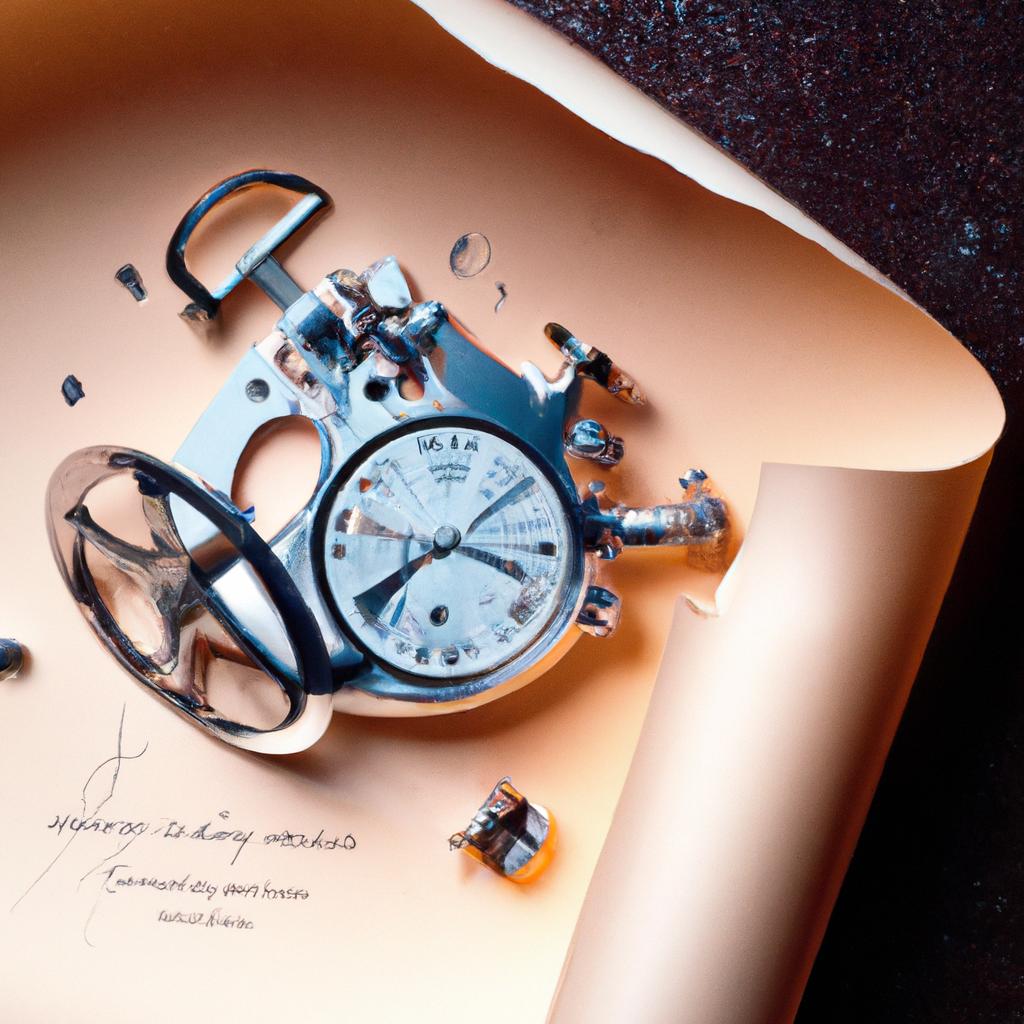
The Art of Craftsmanship: Techniques That Define Iconic Timepieces
The essence of fine watchmaking lies in the delicate balance of artistry and precision craftsmanship. Each timepiece is a testament to the skill of the artisan, reflecting a rich heritage that has been cultivated over centuries. Watchmakers utilize a variety of **techniques** to achieve not only accuracy but also aesthetic allure. From intricate hand-finishing methods like **Côtes de Genève** and **perlage** to the complex assembly of movements that require a maestro’s touch, every detail contributes to the identity of the watch. By employing specialized tools and time-honored practices, they transform raw materials into mechanical masterpieces that tell more than just time.
Among the materials explored in high-end horology, **stainless steel**, **gold**, and **ceramic** stand out, each chosen for its unique properties and visual appeal. The following are some of the most noteworthy combinations of material and technique that highlight the diversity in watch craftsmanship:
| Material | Technique | Characteristic |
|---|---|---|
| Stainless Steel | Brushing | Modern, durable finish |
| 18K Gold | Polishing | Luxurious sheen |
| Ceramic | Injection Molding | Lightweight and scratch-resistant |
Each of these materials, when combined with specific craftsmanship techniques, elevates a timepiece from mere functionality to an art form. Whether it is the warmth of gold or the sleekness of ceramic, the choice of material plays an integral role in the watch’s story, offering enthusiasts a peek into the world of precision engineering and sophisticated design.
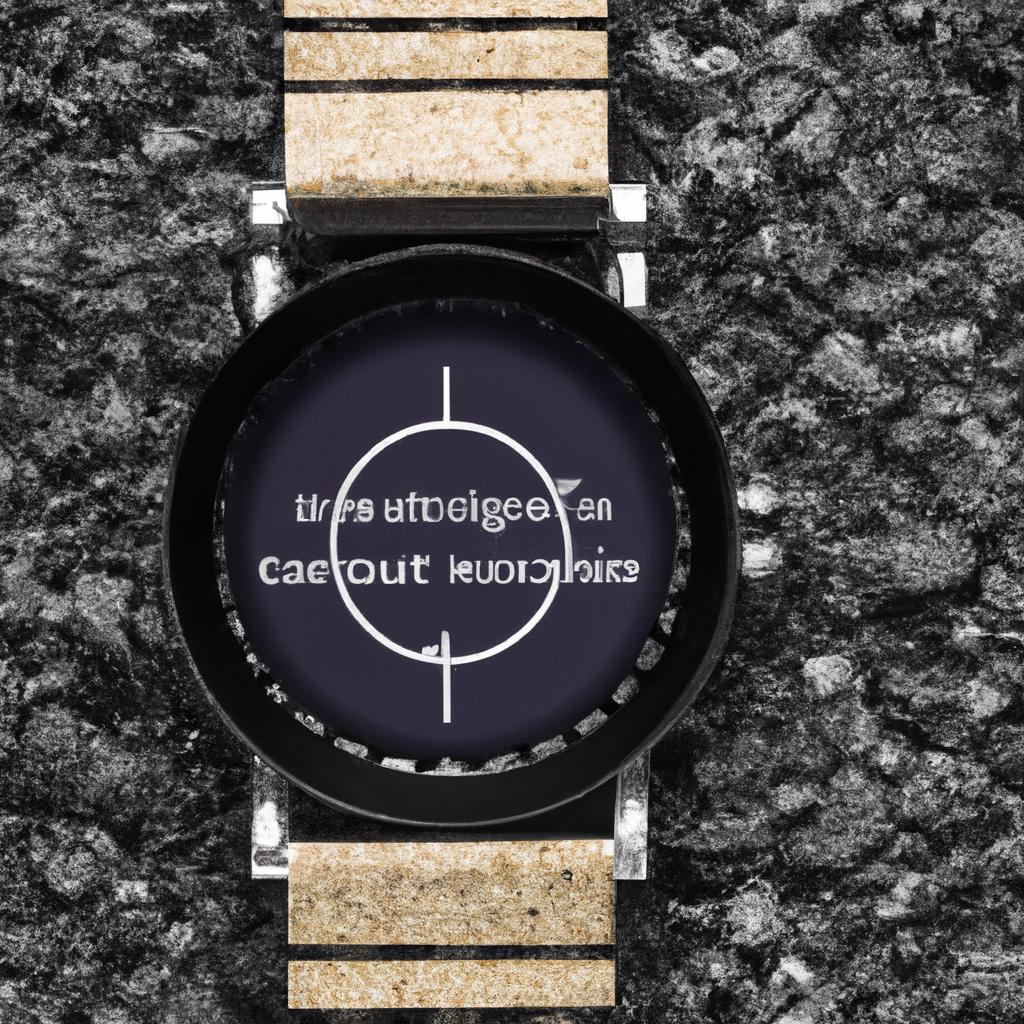
Sustainability in Horology: Choosing Eco-Friendly Watch Options
In the evolving landscape of horology, sustainability is becoming a significant focus for manufacturers and consumers alike. Watchmakers are increasingly harnessing materials that minimize environmental impact while maintaining exceptional quality and aesthetics. Options like **recycled stainless steel** and **bio-based plastics** are gaining ground, offering alternatives that don’t compromise on durability. **Natural dyes** for leather straps and watch faces crafted from sustainable sources enhance the ecological footprint, ensuring that each timepiece tells a story not only of craftsmanship but of respect for our planet.
Beyond materials, the **craftsmanship** behind these eco-friendly watches is a testament to innovation and commitment. Many brands are exploring methods that include **solar-powered movements**, empowering watches to run indefinitely without reliance on batteries. Additionally, manufacturers are adopting **ethical sourcing practices** to ensure that precious materials such as gemstones are harvested responsibly. This dedication is reflected in timepieces that resonate with those who value not just luxury, but a conscientious approach to consumption:
| Eco-Friendly Material | Environmental Benefit |
|---|---|
| Recycled Stainless Steel | Reduces metal waste and energy consumption |
| Bio-Based Plastics | Derived from renewable resources, decreasing fossil fuel dependence |
| Sustainable Leather | Less environmental impact through responsible sourcing |
The Way Forward
As we conclude our journey through the exquisite world of timepieces, we find ourselves entranced not just by the ticking mechanisms that define each watch, but by the careful interplay of materials and craftsmanship that brings them to life. Each horological creation tells a story, woven with precision and artistry, a reflection of both technological advancement and traditional skills passed down through generations. Whether it’s the gleam of polished stainless steel, the warmth of vintage leather, or the delicate shimmer of precious metals, each element serves a purpose beyond mere aesthetics.
In our exploration, we’ve uncovered the symbiotic relationship between form and function, revealing how the choice of materials can elevate a simple timekeeper into a cherished heirloom. As the watch industry continues to evolve, embracing new innovations while honoring time-tested techniques, we are invited to witness the ongoing dialogue between history and modernity.
So, as you consider your next timepiece—whether for everyday wear or a special occasion—remember that you’re not just choosing a tool to measure time; you’re investing in a piece of art that embodies a legacy of craftsmanship. Embrace the elegance and complexity of these miniature marvels, and let every second remind you of the beauty that lies within the details. Time, after all, is not merely to be measured; it is to be cherished, reflected upon, and celebrated—one exquisite timepiece at a time.

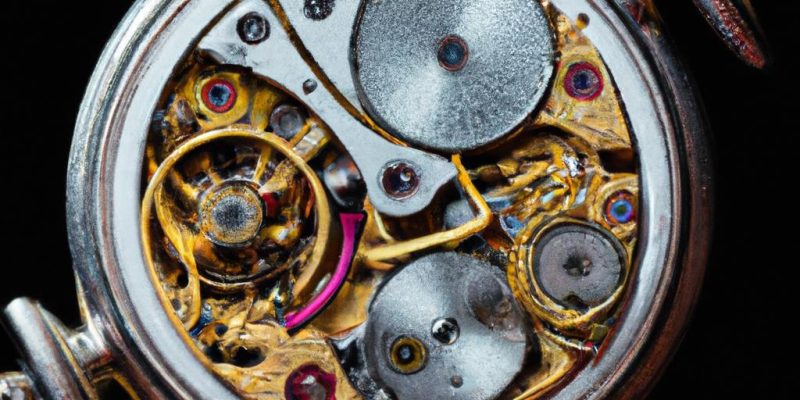
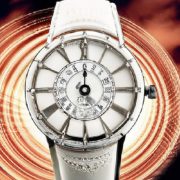












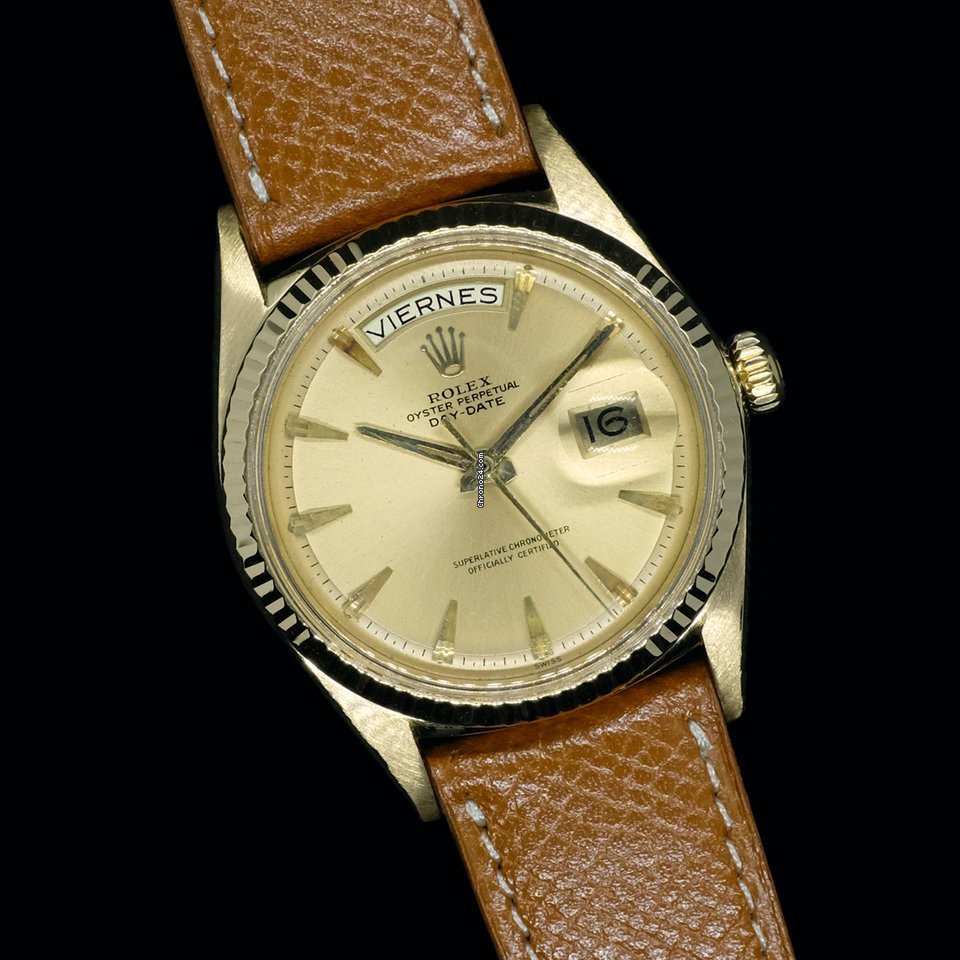

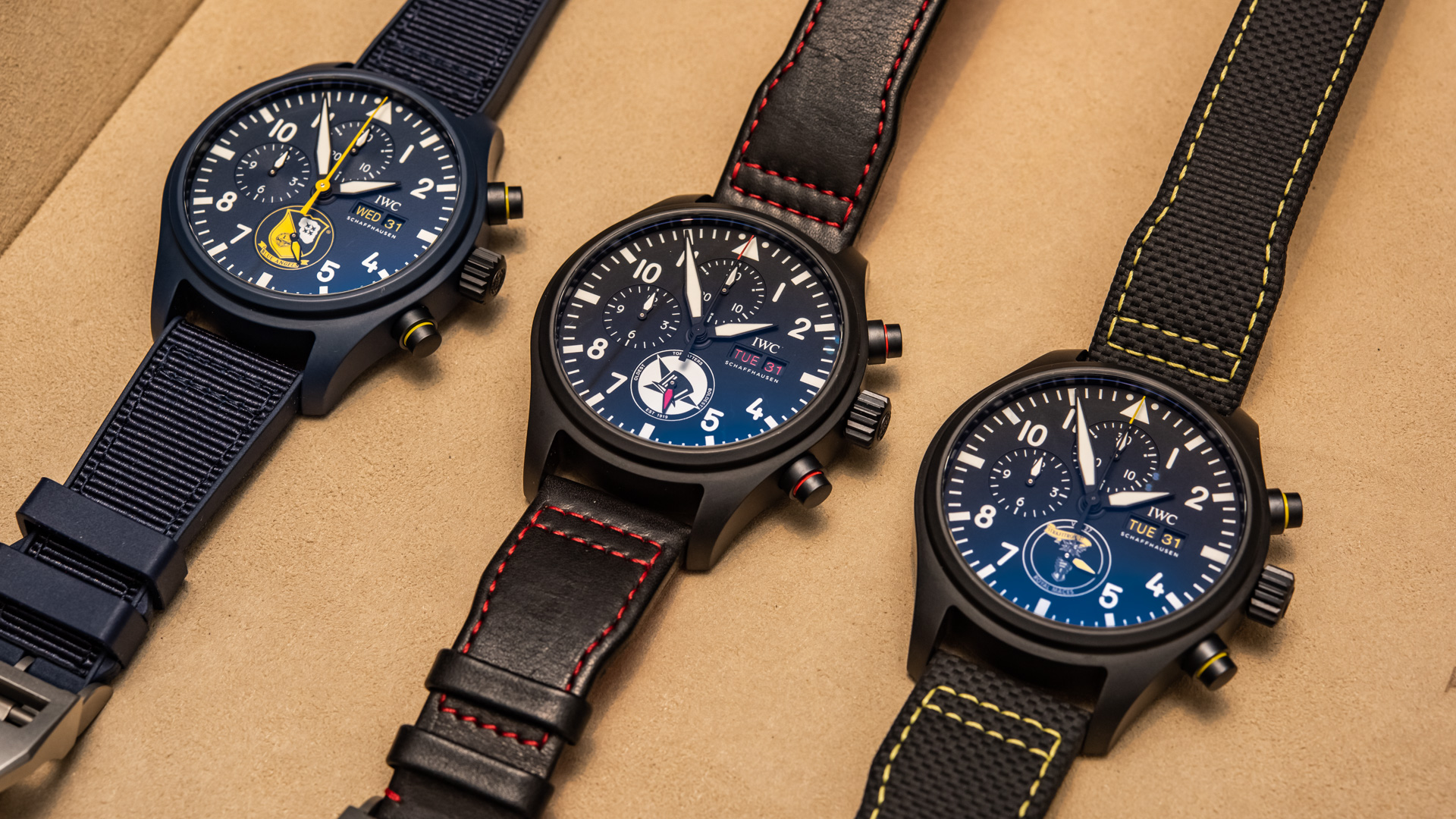
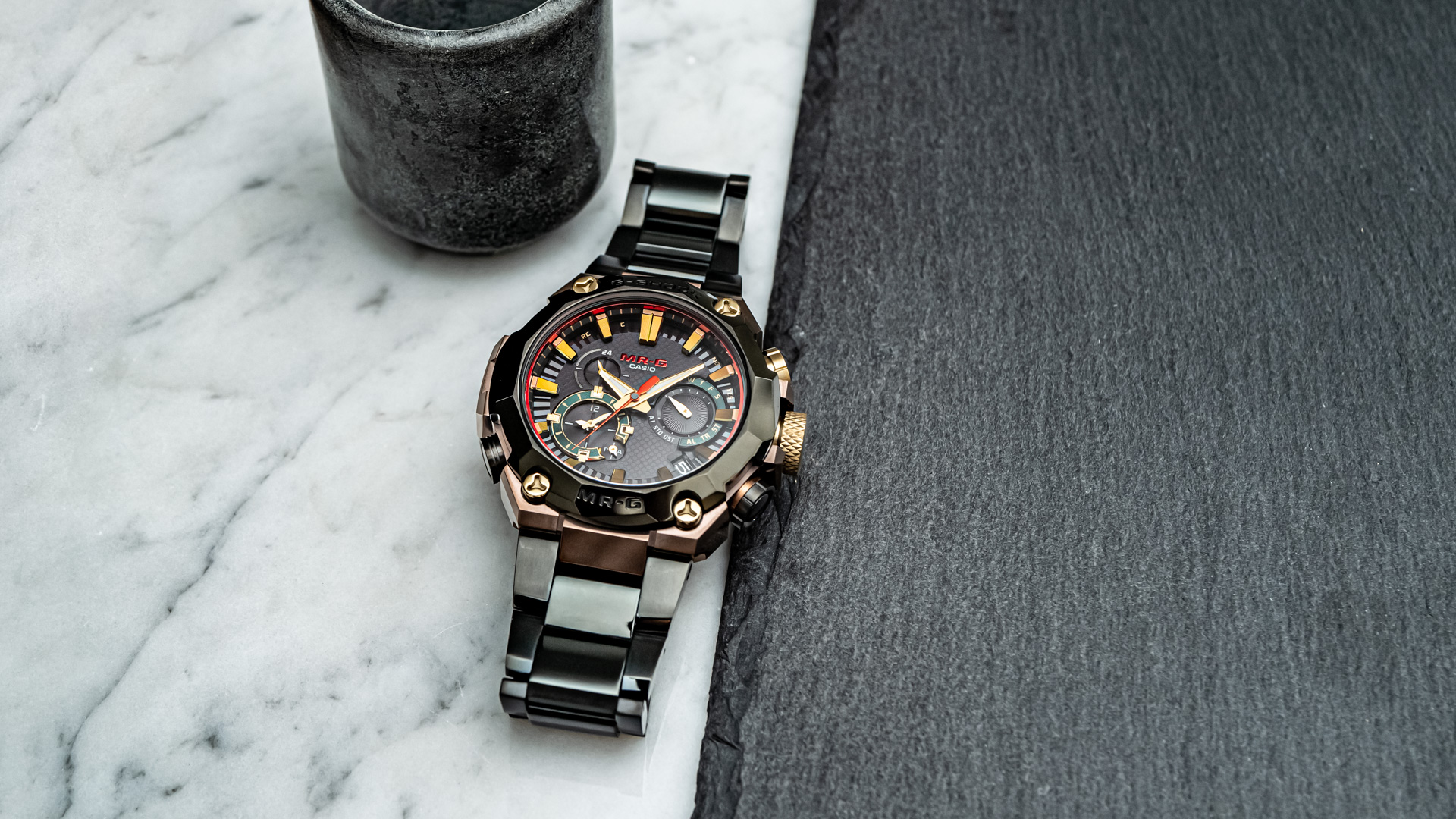
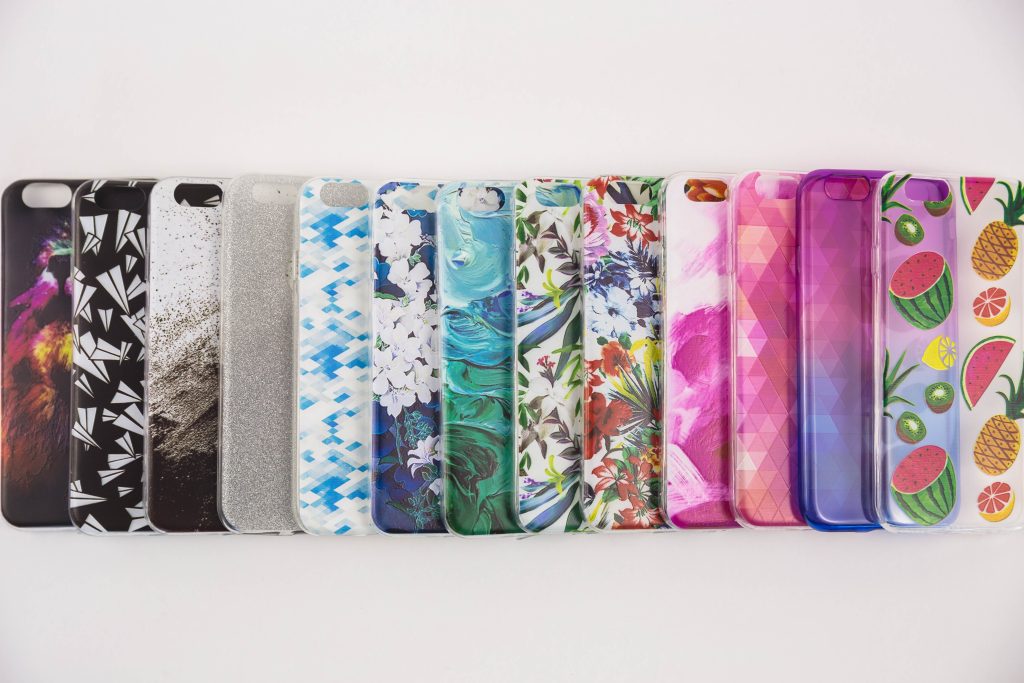

Comments